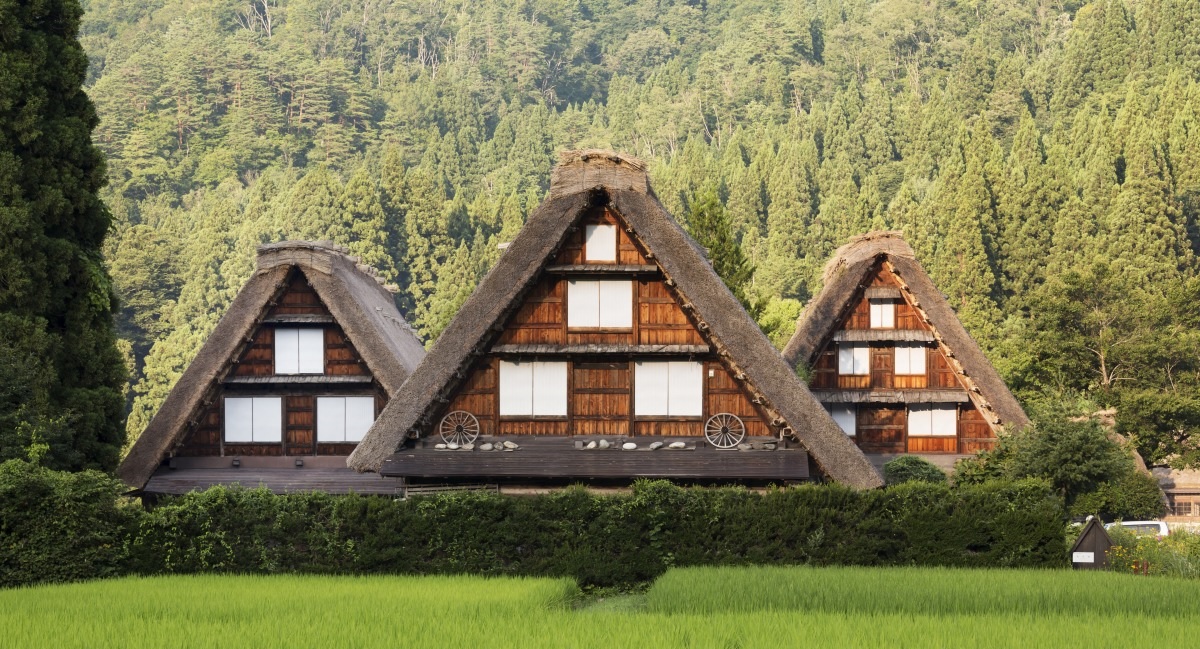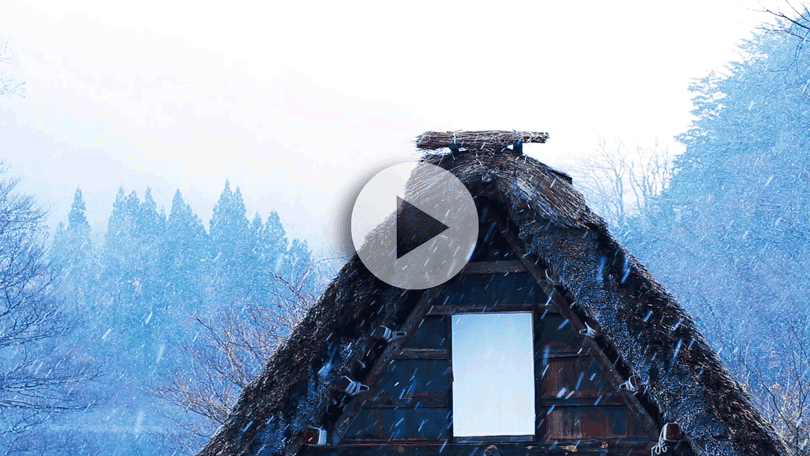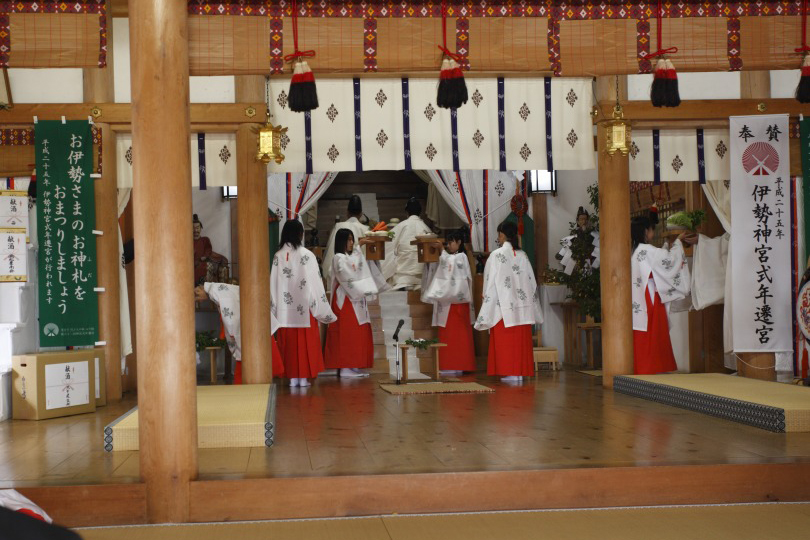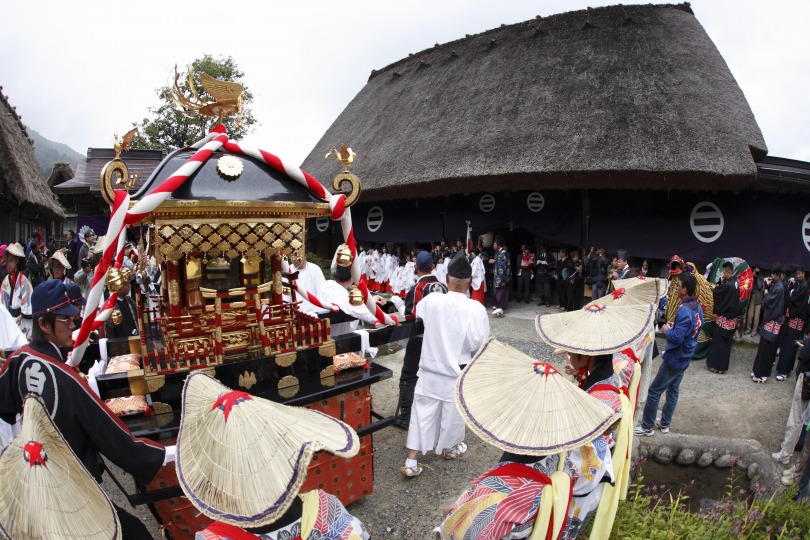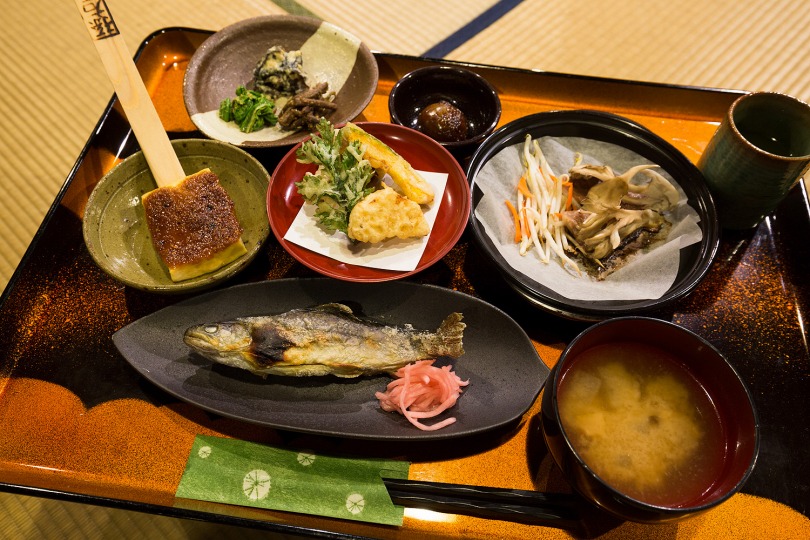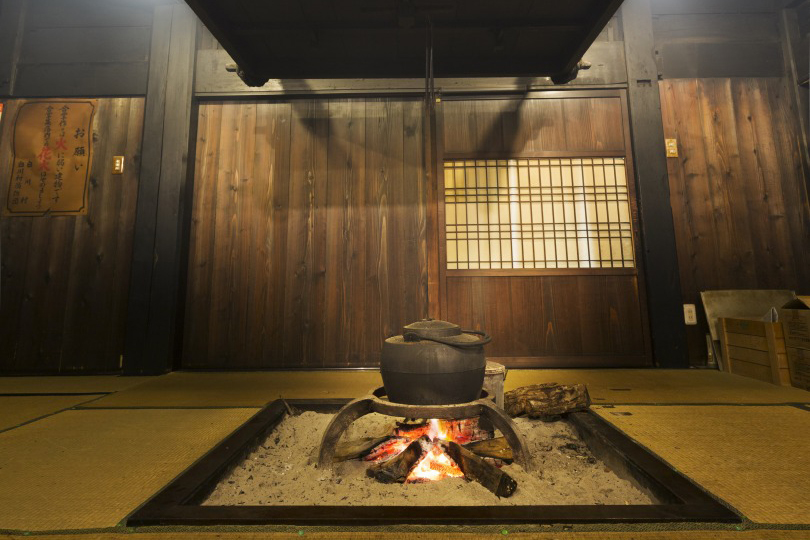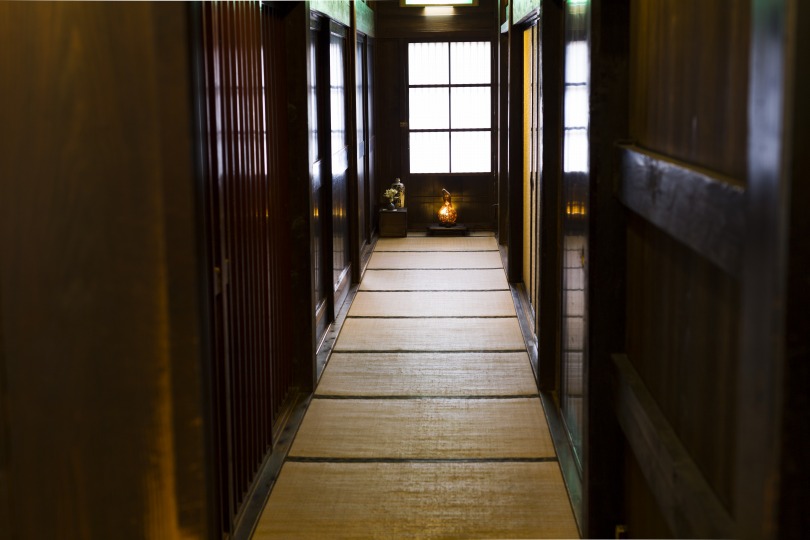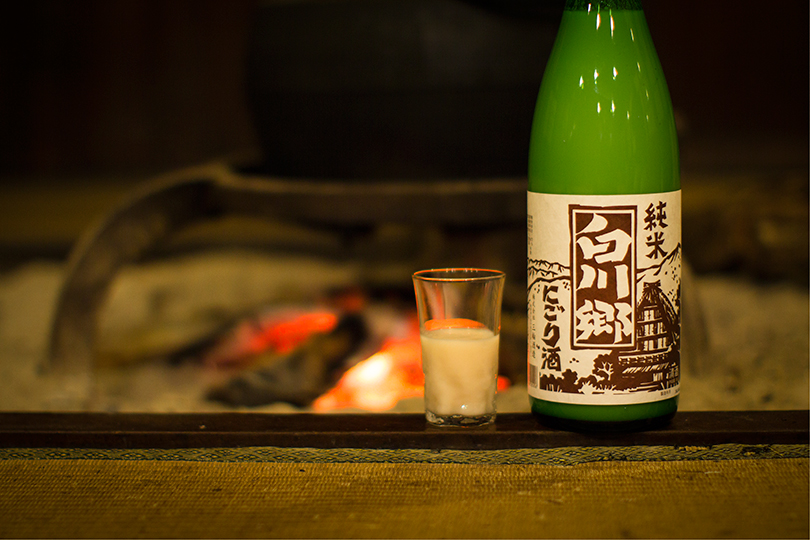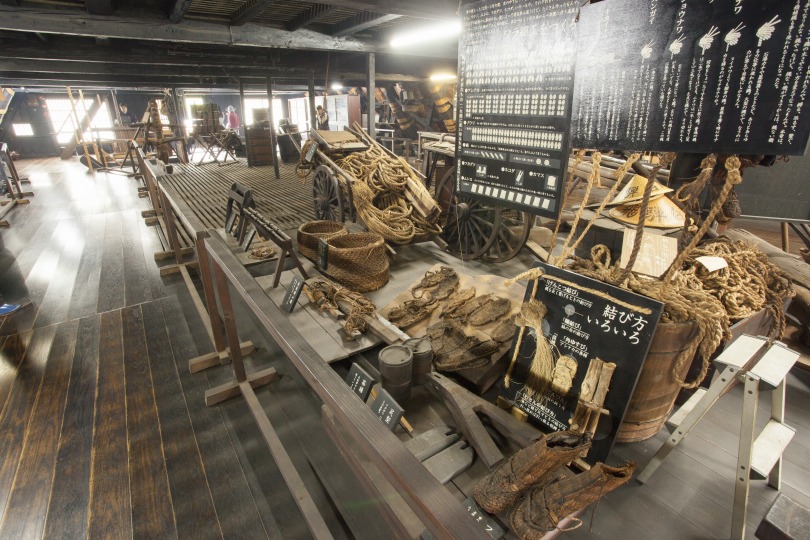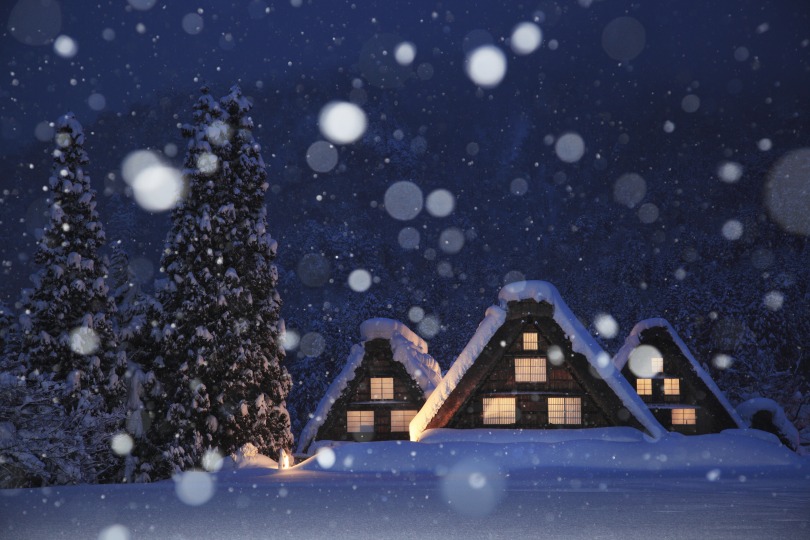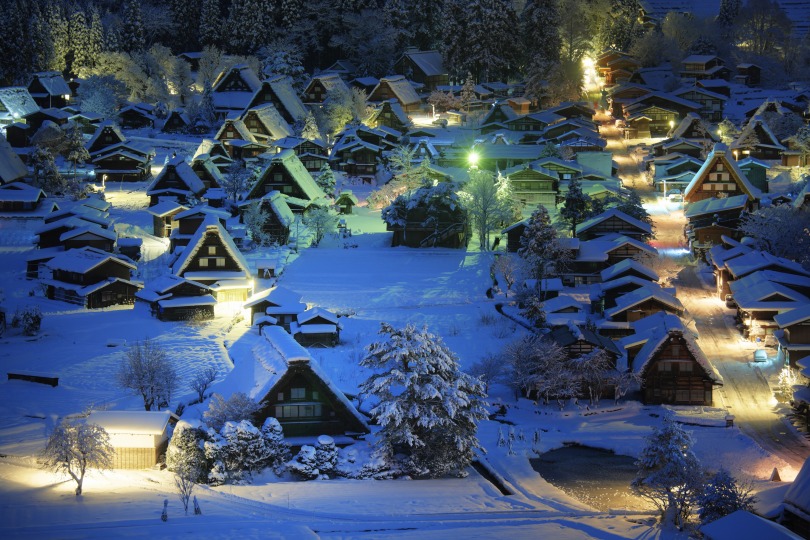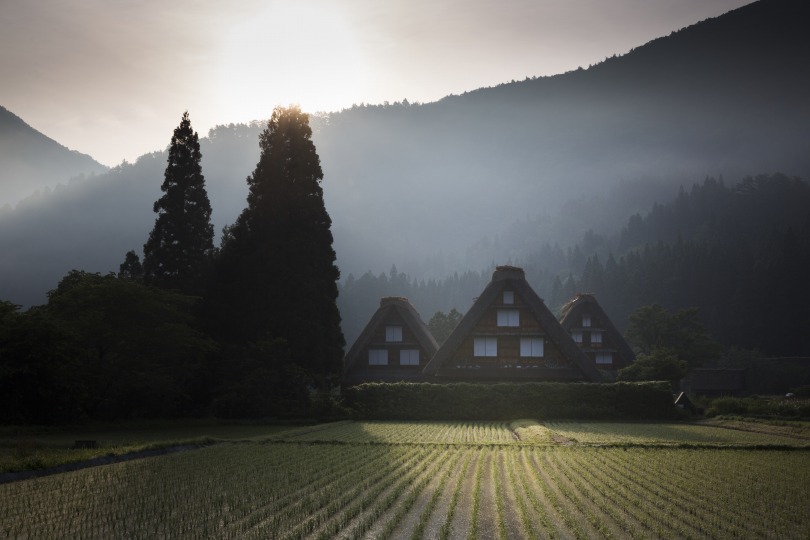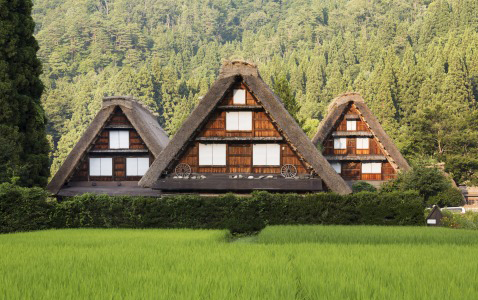Shirakawa-go - Visiting the Pristine Landscape of a Japanese Mountain Village
Located near the center of Japan’s main island, Shirakawa-go is an area where you’ll find the serene landscape of a traditional Japanese farming village. It has been known for its Gassho (praying hands) style farmhouses with their steeply pitched thatched roofs and has been recognized as a UNESCO World Heritage Site since 1995.
Some of these centuries-old houses are still used today as family residences, and some even offer room for tourists to stay. The natural beauty of this village is on display throughout the year, but the winter views in the deep snow are the most impressive. Enjoy an adventure into old Japan, where you can take in the magical landscape and feel warm welcome from the friendly villagers.
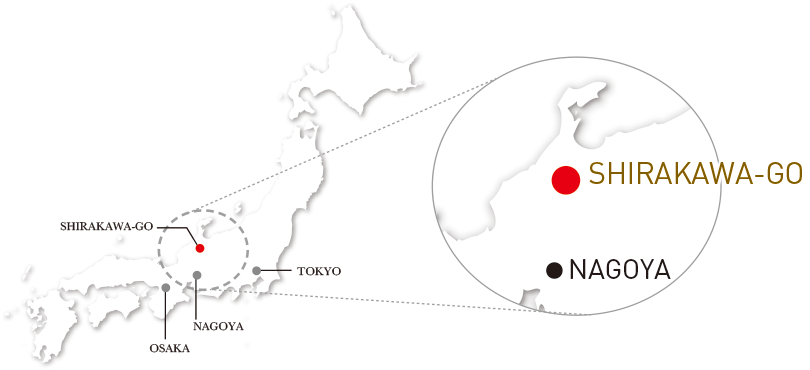
Your Invitation to a Cultural Wonderland
Walk across a long suspension bridge, and you’ll enter Ogimachi Village, the most famous area in Shirakawa-go. When you look up at a Gassho-style house, you see its steep thatched roof soaring toward the heavens. You will be inspired by its magnificent presence. The design of the roof resembles hands pressed together in prayer and was developed from the ingenuity of people living in snow country. The steep angle of the roof allows snow to slide off easily under its own weight. Inside the roof is a large two or three story attic that is the center of home-based industry, mainly raising silkworms for silk production.
The architecture isn’t the only attraction that has drawn visitors here. Traditional food culture is also a big attraction of this wonderland. The clean waters that pour from the mountains help in the creation of delicious soba noodles. So try the Soba Dojo, the soba restaurant where you can learn the methods of creating soba noodles and eat what you make. Another benefit of these pristine waters is "Sake". In Shirakawa-go,"Doburoku (unrefined sake)" is offered to the Gods to give thanks for the autumn harvest during the Doburoku Festival. You can enjoy the sake, while experiencing the festival.
Embrace the Past
Local dishes are created by using fresh vegetables and fish. All of the handmade foods, whether it be Iwana fish or Hida beef, are excellent.
Gather around the Irori (hearth) with other guests and listen to the stories of life in the mountain village. The lively conversation continues, aided by the delicious Nigori-zake(cloudy sake). In contrast to the bitter cold outside, the conversation under the large thatched roof is warm. Spend a night in a Gassho-style inn. It makes a precious memory, like becoming connected with life in the distant past of this historic place.
The Beautiful scenery of Shirakawa-go
Click to locate Shirakawa-go
Learn more
1. Take the Hokuriku Shinkansen from Tokyo to Toyama (around 2.5 hours) and transfer with bus for Shirakawa-go (around 1.5 hours).
2. If you wish to stay over in Shirakawa-go, please contact +81-5769-6-1013 (Shirakawa-go Information Center). English-speaking representatives can help in planning your trip.
3. You can also experience Japanese onsen (hot springs) in Shirakawa-go.(http://www.shirakawagou-onsen.jp/english.html)


